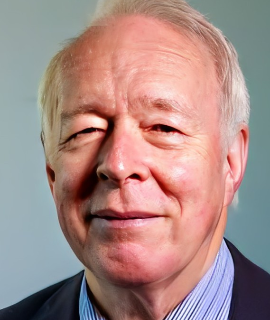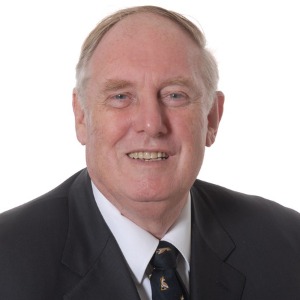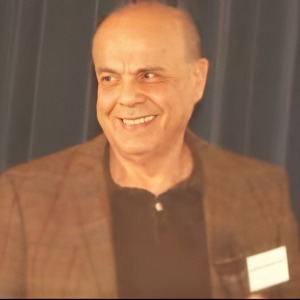Craniofacial Imaging
Craniofacial imaging is a specialized field that employs various imaging techniques to capture detailed pictures of the head and facial structures. This branch of medical imaging plays a crucial role in the diagnosis, treatment planning, and monitoring of conditions affecting the skull, face, and associated structures.
In craniofacial imaging, healthcare professionals utilize advanced technologies such as computed tomography (CT), magnetic resonance imaging (MRI), and three-dimensional (3D) imaging to obtain detailed visualizations of the cranial and facial anatomy. These high-resolution images provide valuable information about bone structure, soft tissues, and potential abnormalities.
The applications of craniofacial imaging are diverse, ranging from identifying congenital anomalies and developmental abnormalities to assessing trauma-related injuries and planning surgical interventions. In reconstructive and cosmetic surgery, precise imaging is essential for preoperative planning to achieve optimal outcomes.
The continuous advancements in imaging technologies contribute to improved accuracy and efficiency in craniofacial imaging. Three-dimensional reconstructions, for instance, allow for a comprehensive understanding of the spatial relationships among different craniofacial structures, aiding in surgical precision. Interdisciplinary collaboration between radiologists, surgeons, and other healthcare professionals is essential in the field of craniofacial imaging. This collaborative approach ensures that diagnostic images are accurately interpreted, leading to informed treatment decisions and personalized care for individuals with craniofacial conditions.

David Geoffrey Gillam
Queen Mary University of London, United Kingdom
Christopher Turner
Spacemark Dental, United Kingdom




Title : Evaluating hygienist follow up for head and neck oncology patients in secondary care: Results from a two cycle audit
Peter Basta, Newcastle Dental Hospital, United Kingdom
Title : Atypical facial pain unravelled
Christopher Turner, Spacemark Dental, United Kingdom
Title : New treatment of temporomandibular disorder through muscle balance and muscle regeneration by activation of quiescent muscle stem cells( satellite cells) with mitochondrial dynamics
Ki Ji Lee, National Reserach Foundation & Busan Medical University, Korea, Republic of
Title : MRONJ and ORN: Referral or management in primary care? Navigating guidelines in the context of long waiting lists
Alisha Sagar, NHS England, United Kingdom
Title : Managing the unexpected: An Insight into supernumerary teeth
Bahar Gharooni Dowrani, Guy's and St Thomas' NHS Foundation Trust, United Kingdom
Title : Laxative prescribing for post operative head and neck cancer patients at Derriford Hospital
Pui Sze Kylie Li, Cardiff and Vale University Health Board, United Kingdom